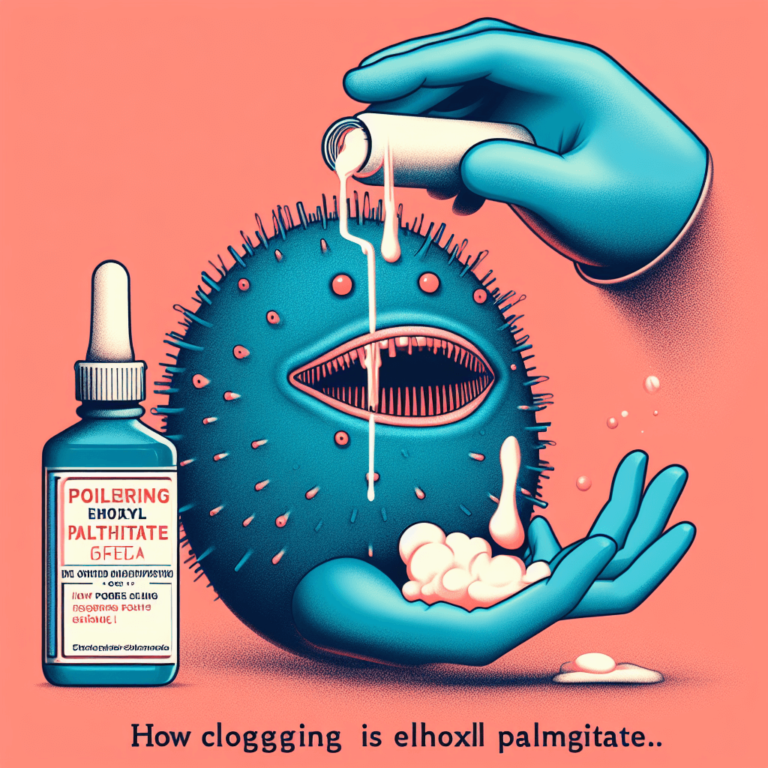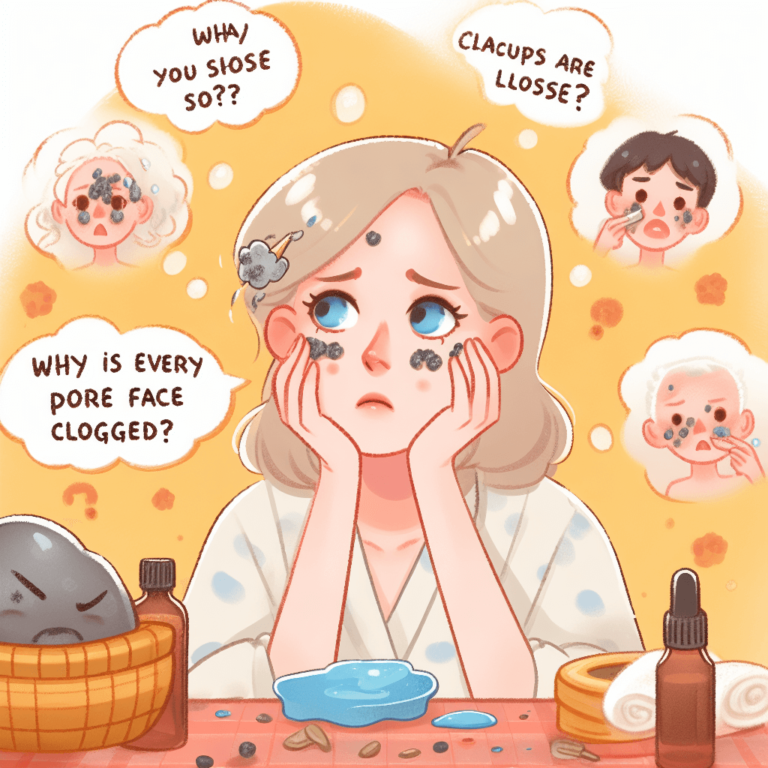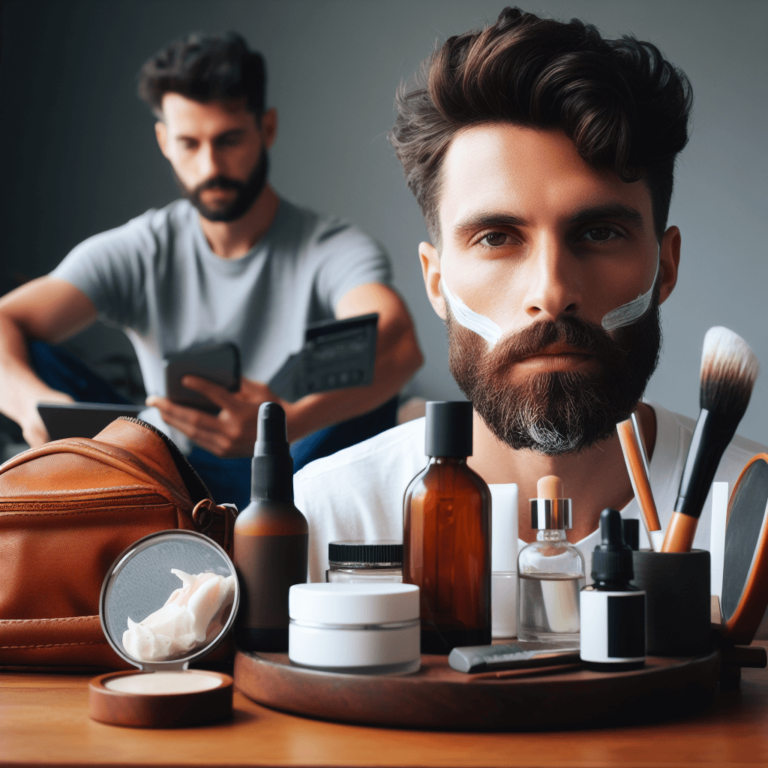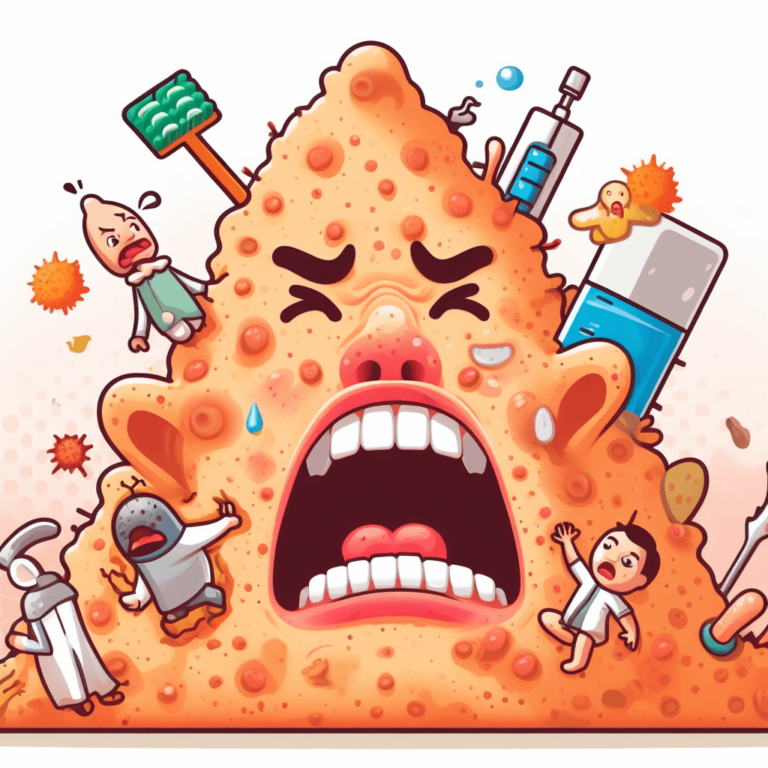Can A Clogged Pore Become Cyst
Clogged pores are a common skin issue that happens when dead skin cells, oil, and debris block the opening of a hair follicle. This can cause blackheads or whiteheads to form. If not treated, these blockages can worsen and cause more oil and debris to build up in the follicle. This can lead to inflammation and bacterial infections, which can eventually result in the formation of a cyst. In this article, we will explore the reasons why clogged pores can turn into cysts and provide effective treatment and prevention strategies to maintain healthy and clear skin.
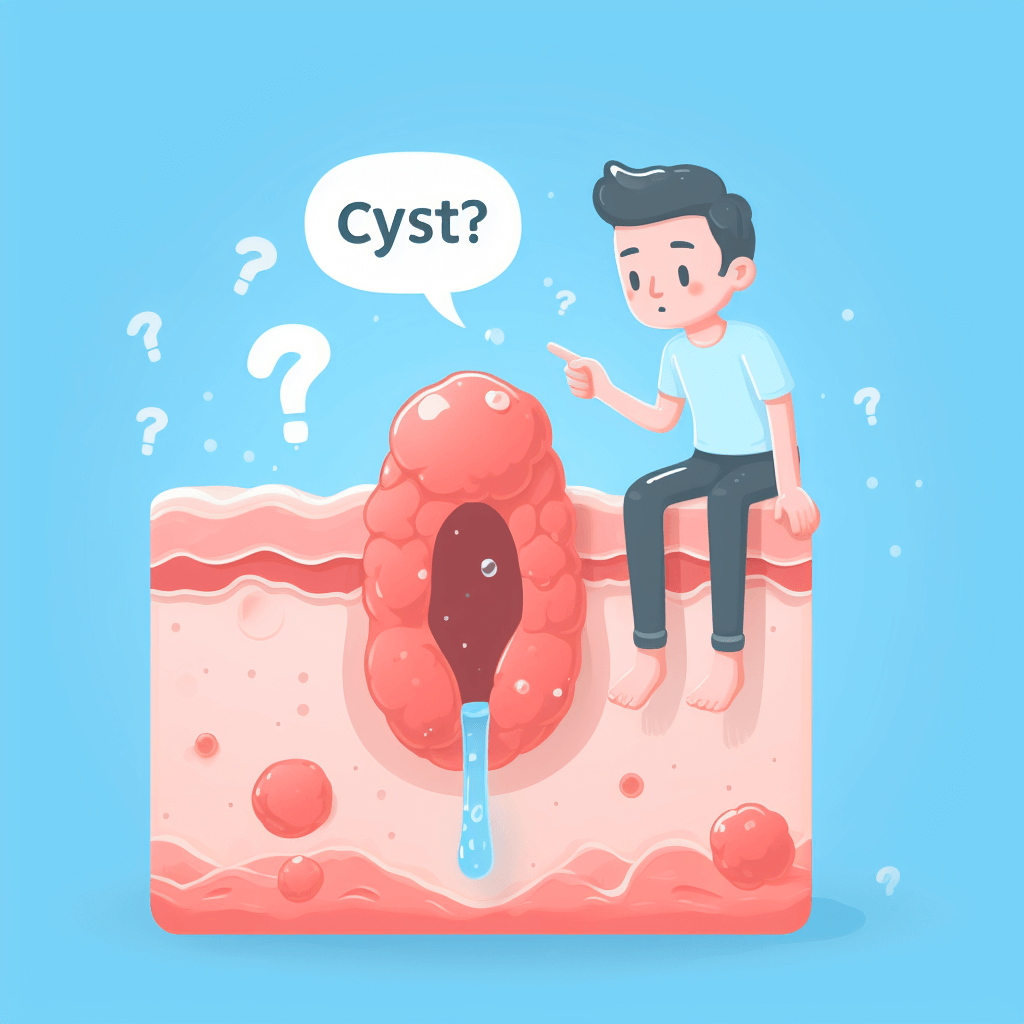
Formation Steps
- Blockage Development: Initially, a clogged pore forms when dead skin cells, oil, or debris obstruct the hair follicle’s opening, resulting in a comedone (blackhead or whitehead).
- Further Obstruction: If the blockage deepens or expands beyond the surface, it can lead to increased accumulation of oil and debris within the follicle.
- Inflammation and Infection: As the clogged pore remains blocked, the buildup of substances may trigger inflammation or create an environment conducive to bacterial growth.
- Formation of a Cyst: Prolonged inflammation and accumulation of fluids can cause the clogged pore to evolve into a cyst. This happens when the blockage enlarges, creating a sac-like structure under the skin filled with pus, fluids, or other materials.
Factors Contributing to Clogged Pores Developing into Cysts:
- Deeper Blockage: If the clogged pore is not addressed or treated, the blockage may deepen, leading to further accumulation and inflammation.
- Bacterial Infection: Bacterial invasion due to the blocked pore can exacerbate inflammation, leading to the formation of a cyst.
- Sebaceous Gland Involvement: Cysts can also develop from oil glands that become blocked or enlarged, contributing to cyst formation.
Treatment and Prevention:
- Early Intervention: Proper skincare practices, including regular exfoliation and cleansing, can help prevent pore blockages from progressing into cysts.
- Non-comedogenic products: Use non-comedogenic products, always check the product ingredients through the pore-clogging checker tool before usage.
- Professional Attention: If a clogged pore shows signs of inflammation, tenderness, or increases in size, seeking professional help, such as a dermatologist, can prevent further complications.
Final Thoughts:
While not all clogged pores progress into cysts, under specific conditions like persistent blockages, inflammation, or bacterial involvement, a clogged pore can potentially evolve into a cyst. Consistent skin care practices and timely intervention can help prevent such developments and maintain healthy skin.

